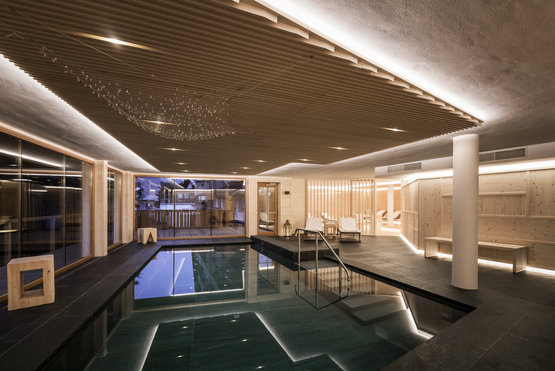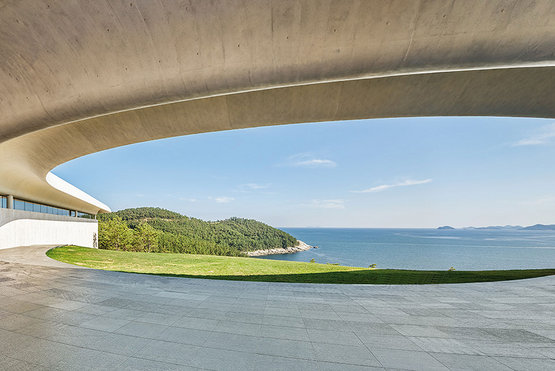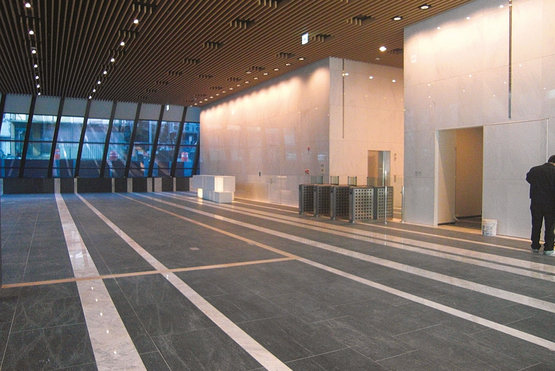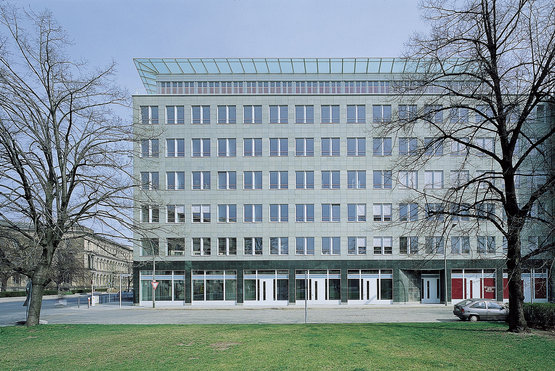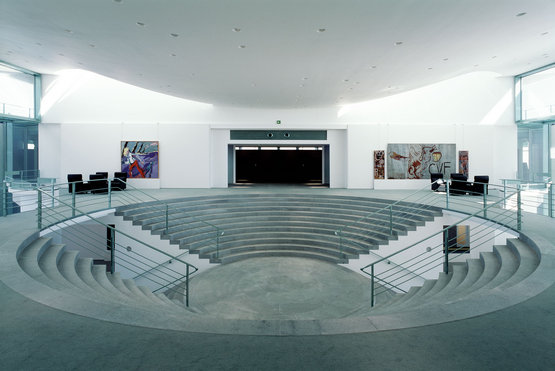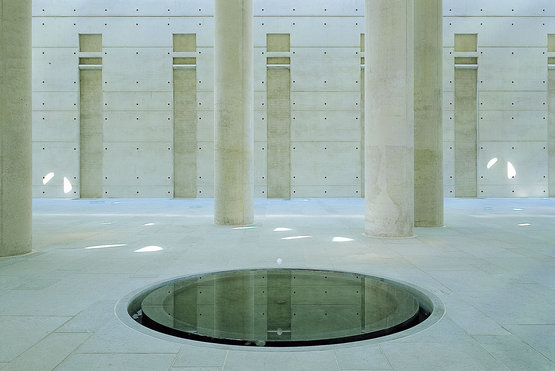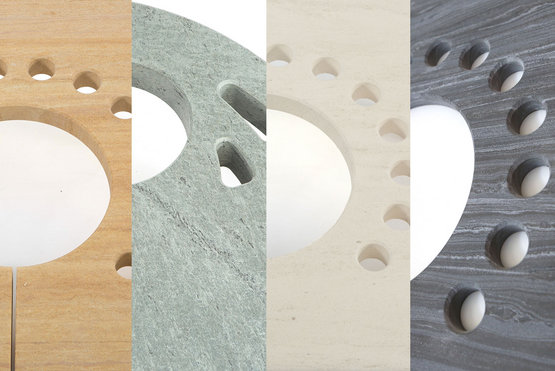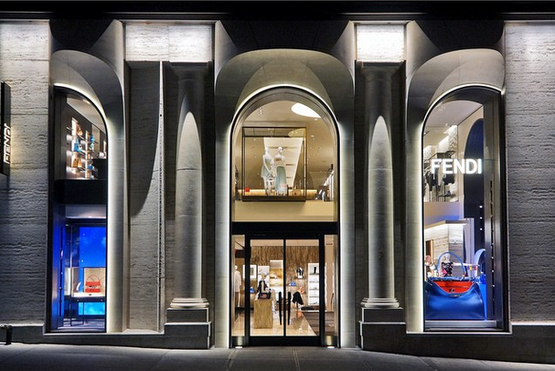Suggestions

Our stones, serpentine, beola or granite, have an excellent resistance to physical-chemical agents, last for long periods and for this reason are suitable for many purposes, from coverings to pieces of design and kitchenware, or pavers and finishes.
Once chosen the material that fits your needs most, the finish will give it a perfect look according to your needs. Our staff will be glad to help you with our different solutions.
Here is a short recap of the most used finishes on different materials:
SAW This type of processing is made with sawing frames, we obtain blocks ready for further processings and finishings.
DISK This processing lets us obtain layers with a smooth surface, made with diamond chassises and wires made with block cutters with diamond disks.
SANDBLASTED With this type of finish, the surface is treated with steel swarf leaving it coarse to the touch but still shiny and flat. Thanks to this treatment, the stone becomes non slip.
HONED It is a type of surface processing, obtained using abrasive machines that make color lighter and the material gets an opaque look and a flat and smooth surface.
POLISHED This finish gives the stone a glossy, shiny look that enhances its natural color. Mainly used for interior coverings (countertops, bathroom tops, sinks and kitchenware) but also suitable for exterior façades thanks to the excellent flatness of the surface and the resistance of the material.
BRUSHED A brushed finish gives the stone an irregular but non-porous surface. This process is performed by steel rotating brushes and sometimes it is integrated with flaming or sandblasting.
EXFOLIATED + BRUSHED With this double processing, stone is flamed and then processed with diamond brushes to make to make the surface less abrasive
EXFOLIATED A flamed finish is produced when an intense flame is fired at the stone and then cooled with water, causing the surface to burst and become rough. This finish is used primarily for exteriors applications where slip-resistance is extremely important.
BUSH HAMMERED The bush-hammered finish is also called " orange peel ". This method creates a rugged surface full of little gazes. obtained by pneumatic tools diamond tip. The result is rustic and the surface becomes non-slip.
POLISHED+SANDBLASTED This type of finish is obtained by a double processing of the stone: a first phase of polishing and the next of sandblasting. The surface appears not completely smooth and reveals a perfect color, in balance with the processing.
WATER JET This method is modern and innovative. The final result is coarse to the touch, with a fine grain and a pleasant bright color
SPLIT This finish is associated with materials that are layered and thus, when split, do so on a natural fault creating what is known as a natural split finish. Slates are the most common types of stone that can split naturally. This method is traditional and stone shows its rawest aspect. Nowadays this practice is still made with hammer and chisel, according to the tradition. Used for wall covering, in different dimensions and thickness, or in blocks for the construction of walls. Ideal to make the traditional Valmalenco piöda. The Valmalenco pioda has been used for hundred of years in our territory as roofing tiles The use of piöda adds value and quality to the building, thanks to its incredible lasting property that doesn't require maintenance.
The main characteristic of this incredible stone is the natural color. Nature offers an infinite range of drawings, veinings and shades. The choice of the best finish is connected to the result you wish to obtain, generally honing softens the color, polishing enhances it and makes it deeper, brushing gives an optical wavy effect. Bush hammering and water jet processing give the surface a raw effect while a flamed finish makes it velvety. Natural split finishes are elegant and refined, they can be applied to any kind of material to obtain great effects. Every stone is unique and original and its application is an authentic piece of art.
Serpentino Verde Vittoria
La particolarità del Serpentino Verde Vittoria è, come indica il nome, la sua colorazione particolare, che viene esaltata soprattutto dalle finiture lucide. La particolarità del Serpentino Verde Vittoria è, come indica il nome, la sua colorazione&
Dorato della Valmalenco
Roccia di origine metamor fica, esistente solo in Valmalenco, che presenta la particolarità dei riflessi argentei-dorati. Le sfumature delicate e la granulometria fine la rendono un'ottima pietra ornamentale, specialmente per rivestimenti ed elementi d
